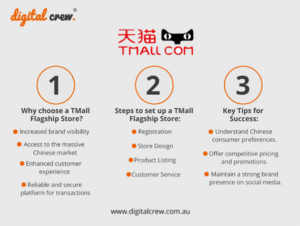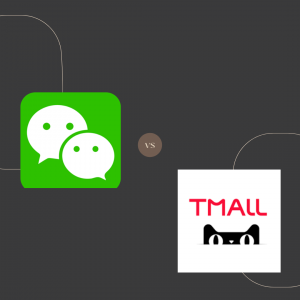When it comes to purchasing decisions, it’s no surprise that people are likely to respond more favourably to marketing messages in their native language, even if they speak more than one.
If you’re marketing to China, it’s important to consider having a multilingual website as part of your strategy.
Here are four reasons why, and some tips for how you can set up a web presence localised to Chinese audiences.
Why you need a multilingual website
To increase your chances of having an impact and eliciting a positive response with your marketing messages, you need to ensure you’ve got the language right, particularly in terms of matching it to your target markets.
- Figures from business insight service Common Sense Advisory show that a substantial majority (as much as 75%) of internet users make important purchasing decisions far more readily when sales or product descriptions are in the language they are most familiar with.
- Even if the majority of your customers speak English, you could be missing out on valuable custom from the segment that doesn’t.
- In China, English is not widely spoken, with some sources putting the number of speakers at 8%. There are also a number of different Chinese languages and dialects.
- Translating your marketing messages into the language of your target markets often does not require a large financial outlay, yet can result in a very positive ROI.
Tips for setting up a multilingual web presence
There are a couple of ways you can do this, by setting up a separate website or creating a subdomain on your main website adapted for Chinese-speaking internet users.
- Separate website
With China having its own major search engine (Baidu) some experts recommend developing a separate website specifically for the Chinese market. Another issue is that websites that are on the old side may not have the capacity for localisation for different regions. In this case, creating a new site may be the solution.
Some of the considerations for this include proper translation into simplified Chinese language, the use of search terms popular in China, social media marketing for Chinese audiences, and different page layouts – Chinese people tend to visually negotiate web pages differently from westerners.
- Subdomain on existing site
Another way to localise your web presence is to set up a separate subdomain on your existing site, for the sake of leverage and simplicity.
If your site is already ranking with search engines, creating a subdomain enables you to build on this, rather than starting over from the ground up as you would have to with a whole new website. Another issue is that it can just be simpler to keep all your web pages under the one roof (so to speak).
- The importance of translation
Deciding which option to take requires careful consideration. But the important thing either way is to have professional multilingual translators involved.
Online translation widgets tend to be unreliable and can miss the subtleties of language and the intent of marketing material – and it can be very off-putting to read web pages that look like they’ve been translated by a robot!
At Digital Crew, our marketing team members are not only multilingual, but also have a deep understanding of the Chinese marketplace. So if you need help in creating a multilingual marketing strategy and localising content for your website, contact us.









































































